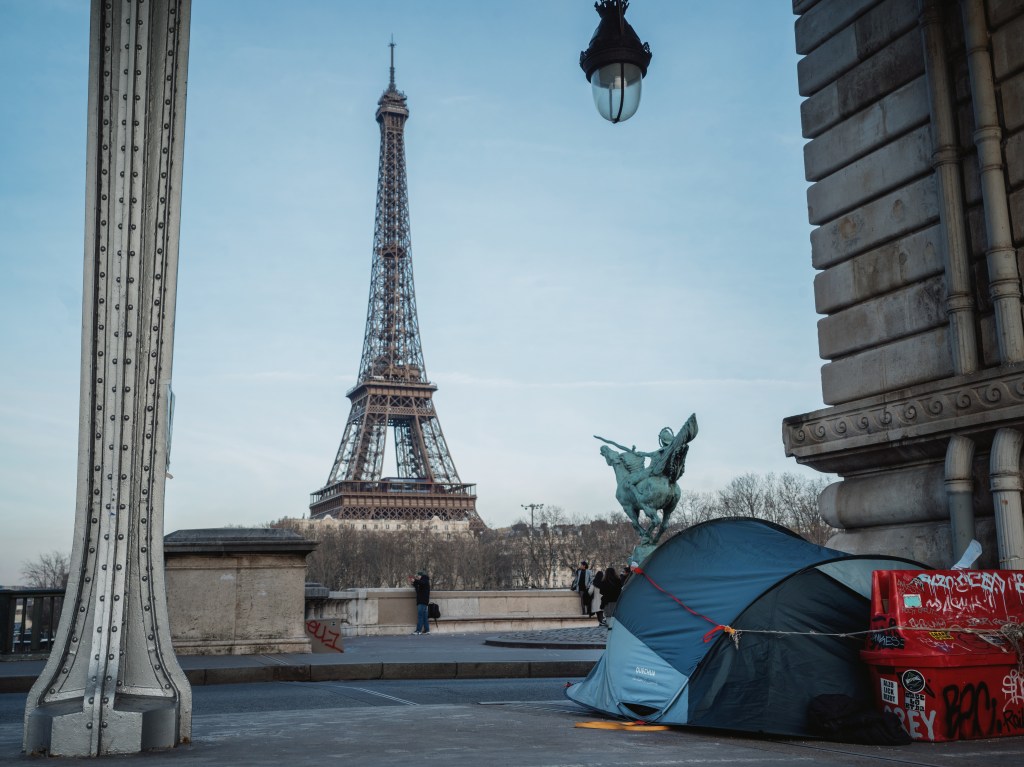The Pitt-Rivers Museum in Oxford has won a reputation for its energetic programme of ‘decolonisation’. Its director, Laura van Broekhoven, is an expert on the Amazon. Nonetheless, on the museum website she actually begins her account of her academic work with the words ‘Laura’s current research interests include repatriation and redress, with a focus on the importance of collaboration, inclusivity and reflexive inquiry.’ She is keen on titles. Not only is she grandly described on the museum website as ‘Professor Dr Laura van Broekhoven’, she is also ‘Professor of Museum Studies, Ethics and Material Culture’ at the University of Oxford. That is quite a combination. Her approach to ‘ethics’ appears to differ radically from that of another Oxford ethicist, Nigel Biggar, whose best-selling book Colonialism has mapped out the pluses and minuses of Britain’s colonial experience without feeling the slightest need to adopt the supposed insights of Critical Race Theory.
The Igbo mask is an object that has been severed from its ceremonial context
There is just a little problem. The museum is pursuing a policy described as ‘cultural safety’ which means that an African mask, made by the people in what is now Nigeria, cannot be seen by women, in accordance with Igbo ceremonial practices. Therefore, not just the mask but online photos have been removed from public view. We might wonder how, as a woman, the Professor Doctor copes with this. She cannot inspect an object in the collection she has been appointed to curate.
Nor is this the only item that is under inspection in this museum. I am sympathetic to the removal of shrunken heads from public view – after all, these were human beings, and it seems odd to me to encourage visitors to gawp at them. I remember visiting the Cairo Egyptian Museum years ago when the mummified bodies of the Pharaohs were kept out of sight behind a firmly locked gate, because the country’s President objected to his distant predecessors being on show (perhaps he wondered whether he too would be on show in 3,000 years’ time). Staring open-mouthed at the naked mortal remains of Rameses II seems to me disrespectful, bearing in mind as well that he was once the greatest ruler on earth. I would also make an important exception for the tabot, the Ethiopian models of the ancient Israelite Ark of the Covenant, several of which are held by the British Museum and are still part of the holy rituals of the Ethiopian Church. They form part of a living religious cult and are regarded with quite exceptional reverence – but they are not actually displayed in the museum and are not available for scientific investigation.
The Igbo mask is, however, an object that has been severed from its ceremonial context and now plays an educational role, enabling scholars, students and the wider public (the museum receives 500,000 visitors a year) to learn about the past and present life of peoples across the world. If the museum was stripped of its current obsession with Critical Race Theory and ‘decolonisation’, its objects would have the power to open our eyes to the mental world of societies very different from our own. If this information is offered in a dispassionate way, we can use it to reflect seriously on the different ways humanity has expressed its beliefs and material needs, setting our own ideas and practices alongside those of societies in every corner of the world.
This mask is no longer part of the ceremonial equipment of the Igbos. Nor, indeed, are the Benin Bronzes still used in the bloody ceremonies over which the Oba of Benin presided in the late nineteenth century – these have been marked out by the museum for return to Africa. All these objects have become the subject of scientific enquiry, and blocking access to them, or returning them to their place of origin, does nothing to promote understanding of different cultures, which is, quite simply, the purpose of the Pitt-Rivers Museum. At the same time it appears that further censorship – surely the right word – will extend to nude figures and matters related to gender.
The removal of the Igbo mask will certainly create a cascade of similar decisions. The Great North Museum in Newcastle has announced that it too is planning to hide away objects such as the shoes worn by certain Aboriginal ritual executioners, which were not supposed to be seen by women or children. The art of the West is also under assault. The National Gallery has announced that a Rubens painting of the Judgement of Paris, of 1636, has not been restored to its original appearance, which included leering satyrs and other sexual motifs, but to its appearance after it was modified by later artists who painted over some of these long-lost details. The National Gallery is not telling the truth about this painting if it displays it in its bowdlerised form. But museums are increasingly losing touch with the truth. In the process they are losing their identity as custodians of the past and present experience of mankind.








Comments